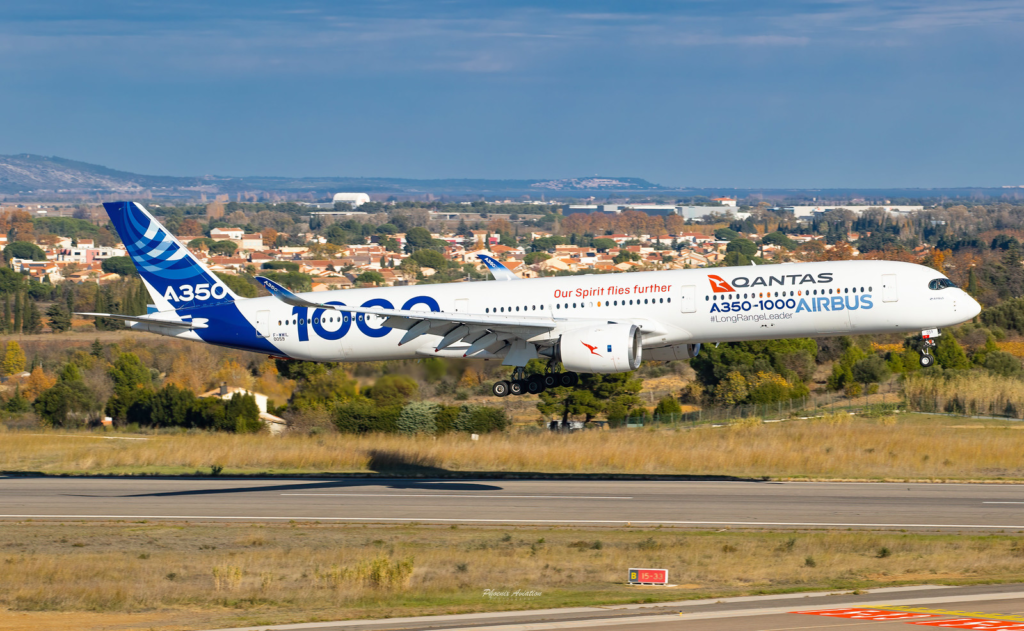TOULOUSE- Australian flag carrier, Qantas (QF) has revealed details on the cabin lighting of the Airbus A350-1000 for Project Sunrise, which involves a blend of science and colors of the Australian landscape. The main aim of this newly designed lighting is to reduce jetlag and improve the well-being of passengers.
Apart from this we also got information about Qantas Airbus A350-1000s which are currently under production and will be used for Project Sunrise.
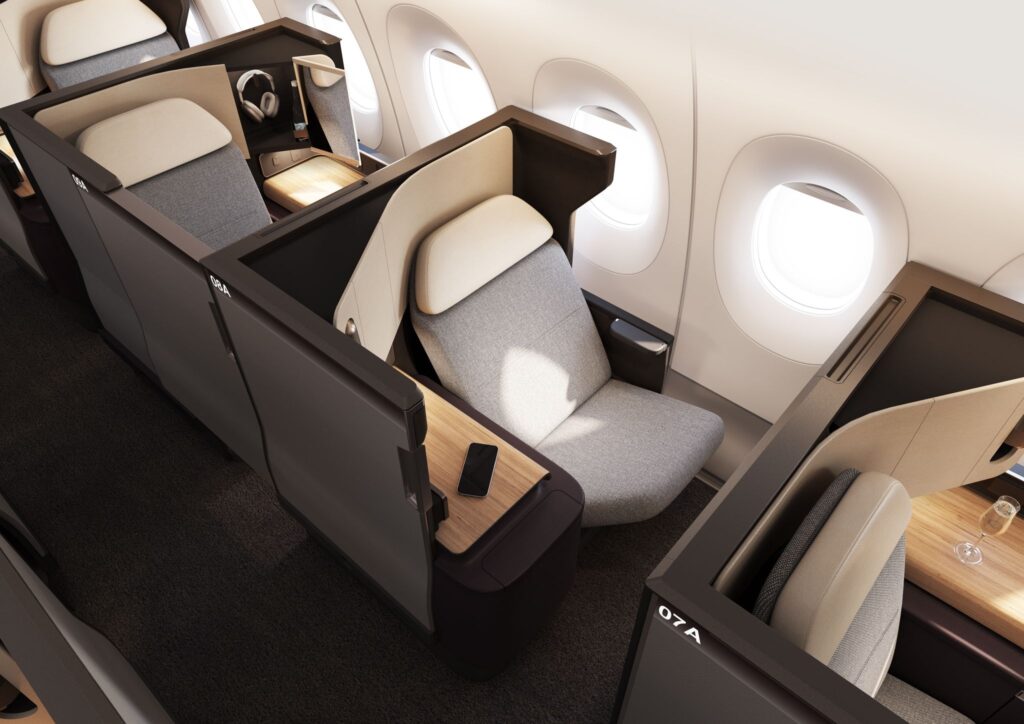
Qantas Project Sunrise Cabin Lighting
The design resulted from over 150 hours of testing at the Airbus Customer Definition Centre in Hamburg.
Representatives from Qantas, Airbus, the University of Sydney’s Charles Perkins Centre, and the Caon Design Office collaborated on this project. They created and tested hundreds of lighting patterns and sequences in an A350 cabin mockup.

The Charles Perkins Centre released preliminary findings in 2023 on reducing jetlag impacts. These findings came from world-first research conducted during Qantas’ Project Sunrise test flights.
The lighting design uses state-of-the-art circadian rhythm modeling. The Charles Perkins Centre advised on optimal spectral irradiances to promote circadian adaptation, sleep, and wakefulness. Researchers implemented and tested these recommendations in Hamburg, adjusting for eye comfort and appearance.
Qantas will tailor the lighting sequence to help passengers adjust to their destination time zone before landing.
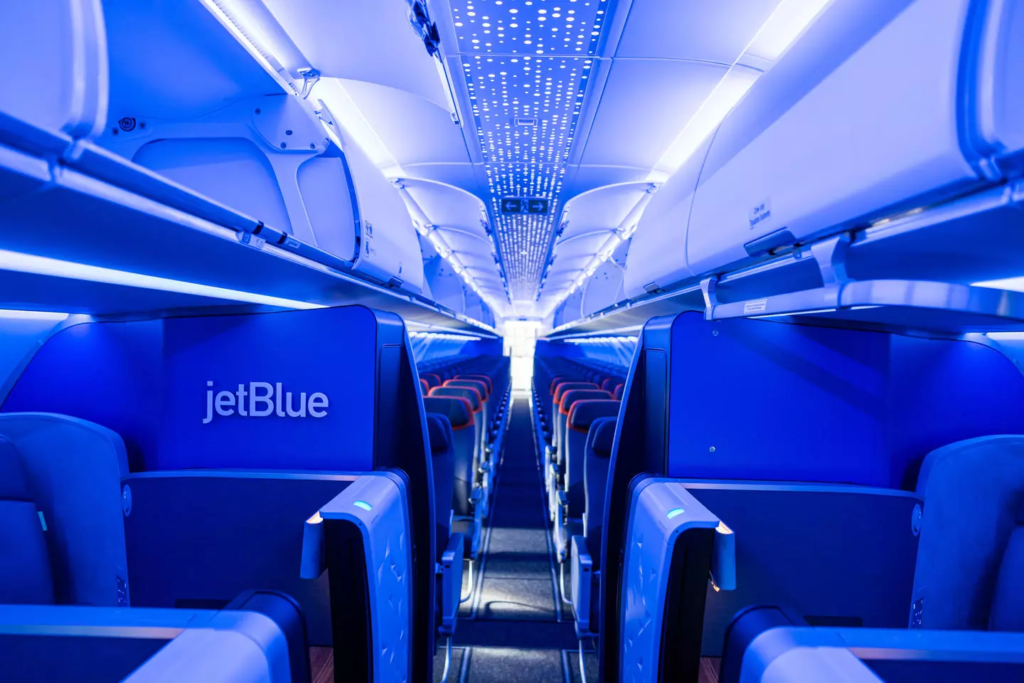
12 Types of Lighting
Qantas developed 12 unique lighting scenes for Project Sunrise flights.
- The “Awake” scene uses broad-spectrum, blue-enriched lighting to help passengers adjust to new time zones. Crew can choose a softer version based on cabin mood.
- The “Sunset” scene transitions from daytime to night, replicating sunset colors and ending with a moonlit sky and slow cloud effect. This aims to relax passengers and prepare them for sleep.
- The “Sunrise” scene mimics an Australian sunrise, moving from front to rear of the cabin. It effectively transitions from night to day.
The main cabin features Welcome and Farewell lighting for boarding and disembarking. Tailored scenes exist for taxi, take-off, landing, and sleep periods.
Subsequently, the Wellbeing Zone uses soft blue-enriched light to create a daytime sky effect with slow-moving clouds. During dark periods, it switches to a moonlight-inspired scene with water ripple reflections.
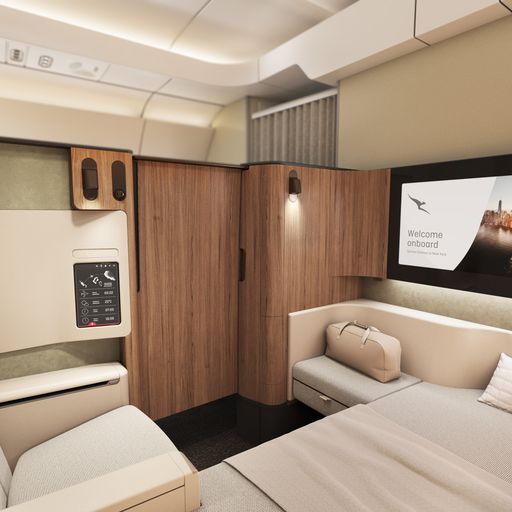
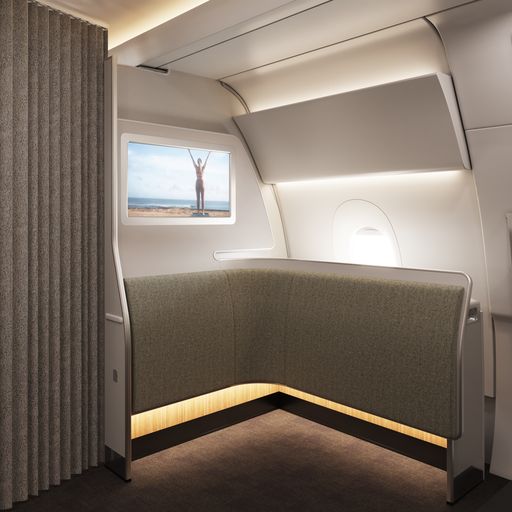
Qantas introduces fully customizable lighting in its six enclosed First Suites. Passengers can choose their preferred time zone for the entire flight duration.
Qantas unveiled its custom lighting schemes at Airbus’ Airspace Customer Showroom in Toulouse. The showroom features a life-size mock-up of the Project Sunrise Wellbeing Zone.
Qantas will become the first airline globally to offer a dedicated Wellbeing Zone. This area sits between the Premium Economy and Economy cabins. It includes sculpted wall panels, integrated stretch handles, and an on-screen exercise program. Passengers can access a hydration station and various refreshments in this zone.
The Wellbeing Zone design won the ‘Passenger Comfort’ category at the Crystal Cabin Awards. This recognition highlights Qantas’ commitment to improving long-haul travel experiences.
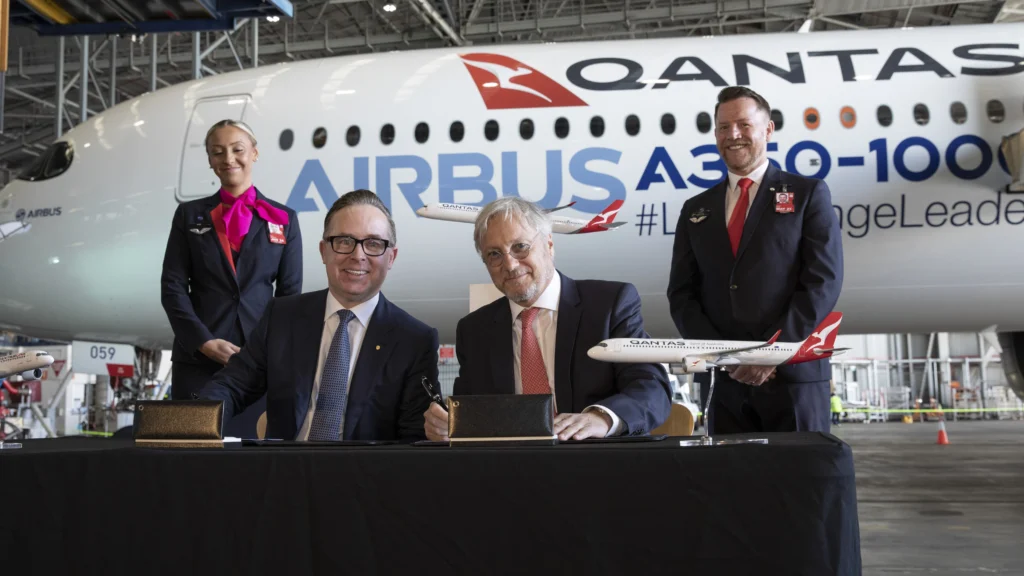
Executive Remarks
Qantas International CEO Cam Wallace emphasizes the importance of scientifically informed lighting design for Project Sunrise flights. He highlights the focus on customer wellbeing and combating jetlag effects.
Wallace explains that light cycles and brightness play a crucial role in setting the body clock, which guides the testing process. He states that the unique lighting sequence, combined with cabin design, meal planning, and movement programs, aims to improve customer comfort and minimize jetlag.
Australian Industrial Designer David Caon describes the lighting workshops as the culmination of five years of cabin design collaboration with Qantas. Caon explains that they used the Charles Perkins Centre’s research on ideal spectral irradiance for wake and sleep to guide their design. Inspired by Australian landscapes and contemporary interior design, they created 12 different lighting scenarios to help travelers adjust to destination time zones and improve inflight well-being. Caon views this tailored lighting sequence as one of the final components of the Project Sunrise A350 cabins.
Joost van der Heijden, SVP & Global Head Of Marketing at Airbus Commercial Aircraft, highlights the A350 Airspace cabin’s features, including personal space, quiet environment, air quality, and connectivity. He mentions the LED lighting system’s capability to produce over 16 million color combinations, allowing airlines to customize their offerings.

Van der Heijden praises Qantas for utilizing this system to create science-based effects that aid passenger adaptation to changing time zones. He sees this project as an endorsement of the A350 as the world’s Long Range Leader.
Dr. Sveta Postnova from the Charles Perkins Centre expresses satisfaction with the practical application of circadian science. She explains that the new A350 lighting scenarios were developed to optimize circadian effects at different flight times while considering appearance, ambiance, safety, and hardware requirements.
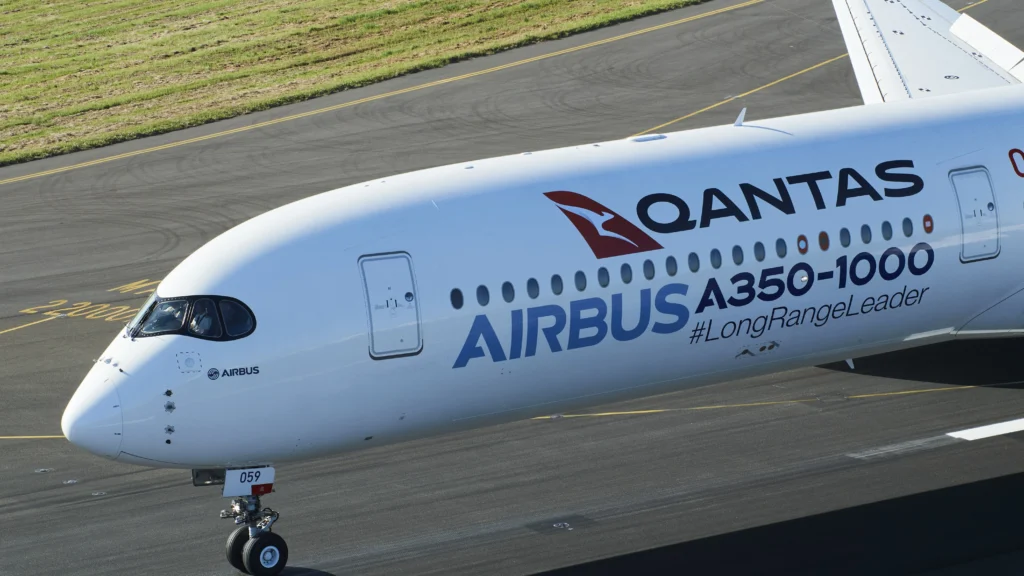
Qantas Airbus A350-1000 Update
Qantas revealed the production details of the Airbus A350-1000 to 9News. This aircraft will make its first flight in 2026.
The A350-1000 features an extra fuel tank and advanced technology, reducing fuel consumption by 25 percent. Airbus spokesperson Joost Van Der Heijden states the plane can fly from Australia to any global city.
Qantas ordered 12 A350-1000s for Project Sunrise. These planes will operate non-stop routes to London and New York, with flights lasting up to 22 hours.

The aircraft’s seating configuration allocates 40 percent of seats to premium economy, business, and first class.
Qantas International Chief Executive Cam Wallace emphasizes the A350-1000’s ability to open new markets previously inaccessible due to technological limitations.
What do you think about Project Sunrise? Will you fly for 22 Hours Non-stop? Let us know your thoughts in the Comments.
Don’t forget to Join us on Telegram Group for the Latest Aviation Updates. Further, follow us on Google News.

